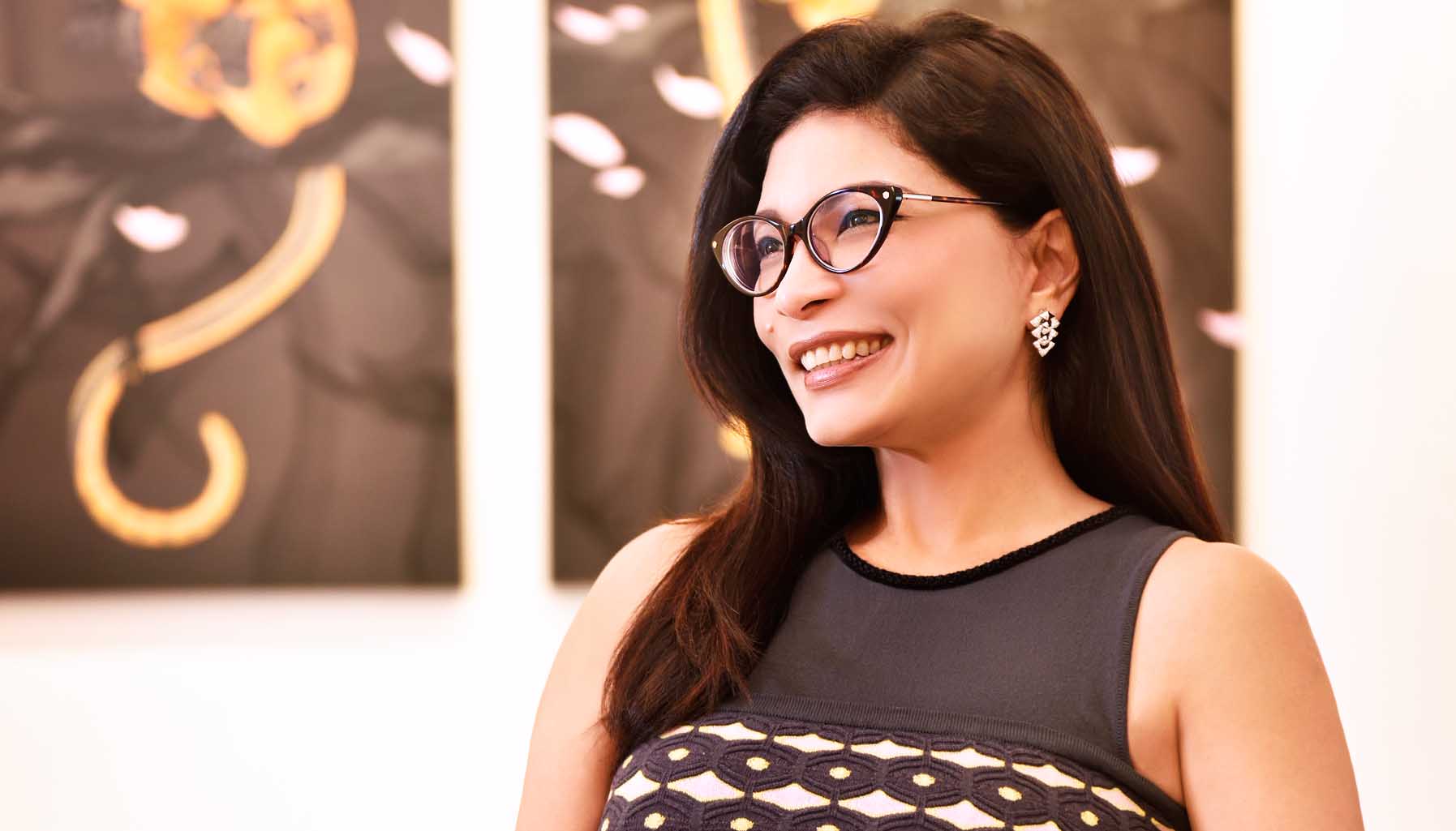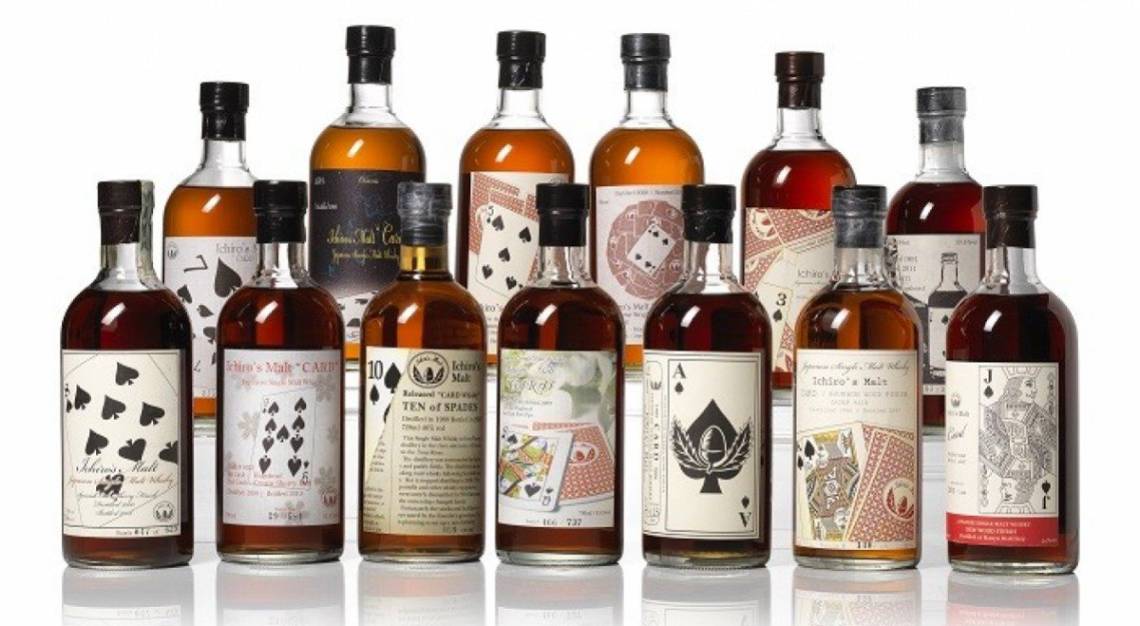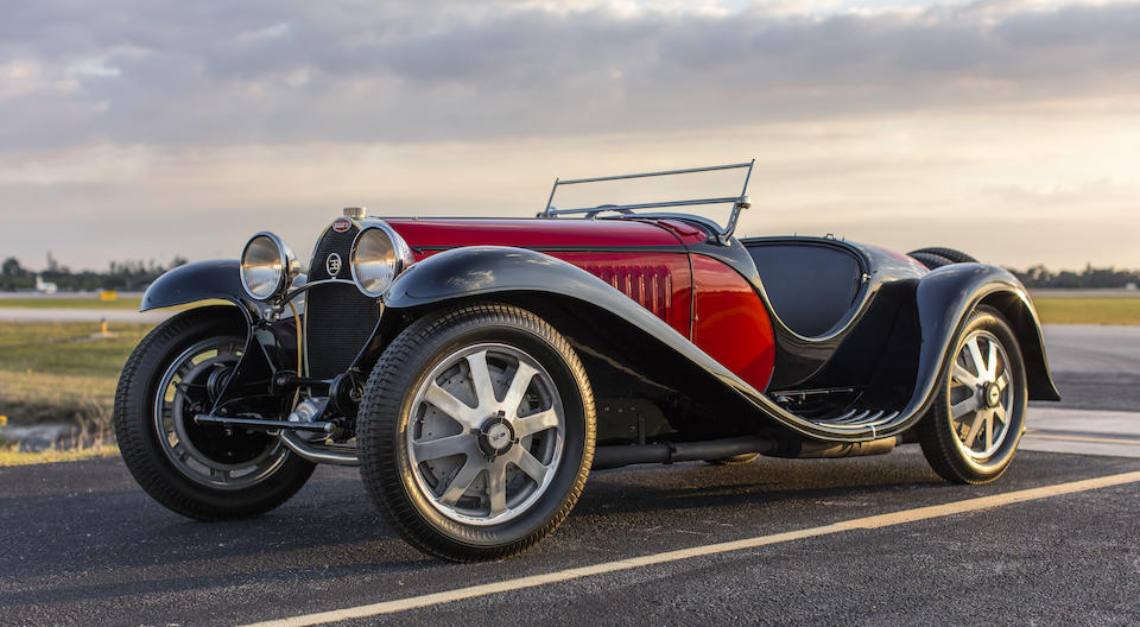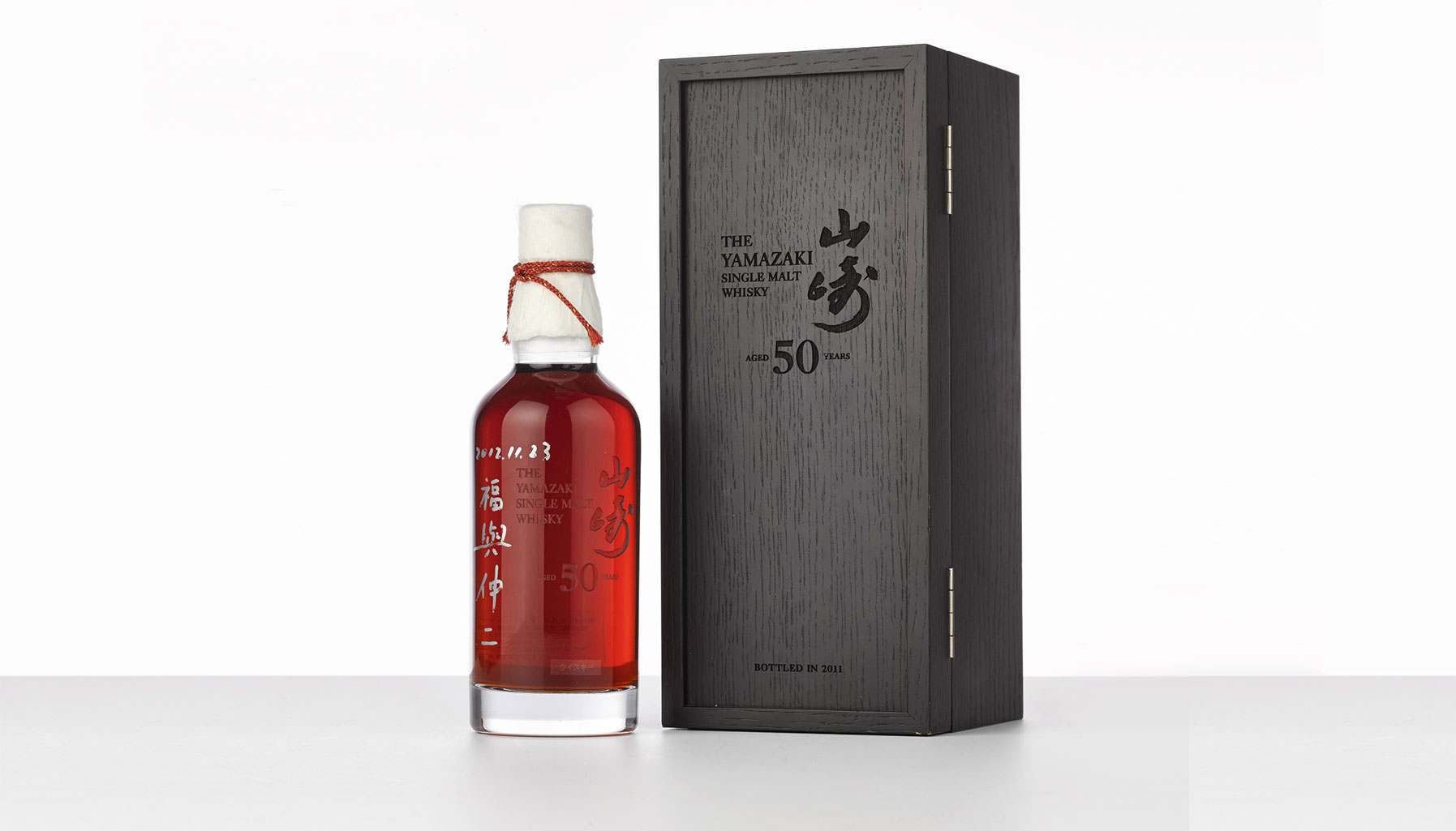the value of art
Bernadette Rankine may helm the South East Asian office of Bonhams, the world’s third largest auction house, but she is far from being a fine-art snob. On the contrary, she is on a mission to make Bonhams a ‘friendly’ auction house. Her downto-earth attitude extends into her lifestyle choices as well.
When I see art that underwhelms me, it makes me want to find out more. I think it is always important to try to understand where the artist is coming from. I didn’t understand Chris Ofili’s work at first. He created the famous Holy Virgin Mary painting that won the Turner Prize. It contains elephant dung. But I discovered that he is African and to them, elephant dung is essential to life. They use it for fuel and for fertilising crops. When I find out more, it usually opens my mind.

The most unexpected place I have found art is the Spittelau waste incineration plant in Vienna. They commissioned eco-architect Friedensreich Hundertwasser to design the facade. When I saw it 10 years ago, I was really surprised because it is a huge dump that is beautifully decorated. We are used to seeing art in galleries, and we don’t label things in our daily life as art often enough.
I recently discovered whisky. I never disliked it, but I used to drink it only socially. Now, I’ve been inspired by my clients and collectors and have even joined a group. We get together to take notes because how do you know what “raspberry-like” means if you seldom get to taste raspberries in Singapore? We should come up with our own terminology.
Some of my favourite things are the glass fish floats I received from my boyfriend after he returned from a trip to Vanuatu. The natives use these to keep the nets they cast from sinking in the water. The floats are of blown glass and coloured and they aren’t being made anymore. He paid only US$10 or US$15 for them and hand-carried them all the way home in a sealed box.






